Media

The 4 next big things in building and real estate tech for 2025
Honeybee colonies in the United States could decline by as much as 70% in 2025, according to researchers at Washington State University. Beewise aims to counter that trend with the BeeHome, an autonomous hive that manages routine tasks and helps commercial beekeepers reduce colony losses.
Beewise: For a buzzy way to help resurrect the bee population
Beewise: For a buzzy way to help resurrect the bee population
.webp)
Beewise CEO Saar Safra Makes the Forbes Sustainability Leaders 2025 List
The Forbes Sustainability Leaders List highlights global leaders including entrepreneurs, investors, activists and scientists who are working to combat the climate crisis.
"My life's mission is to protect bees and secure global food supplies against modern threats," Beewise cofounder and CEO Saar Safra told Forbes.
"My life's mission is to protect bees and secure global food supplies against modern threats," Beewise cofounder and CEO Saar Safra told Forbes.
.jpg)

Bees get AI-powered home makeover to keep them safe from natural disaster
CNBC’s Diana Olick reports on one bee-centered startup combatting climate change.
Saving Bees with AI and Robotics
Saving Bees with AI and Robotics


AI for bees? Beewise nears profitability, boosted by $50m Series D round
Beewise projects profitability in 2026, as the tech company finds adoption among major food producers
Over the years, Beewise improved its hive technology to reduce the chance of hive collapse — the phenomenon where worker bees leave the hive, destroying the colony.
Over the years, Beewise improved its hive technology to reduce the chance of hive collapse — the phenomenon where worker bees leave the hive, destroying the colony.
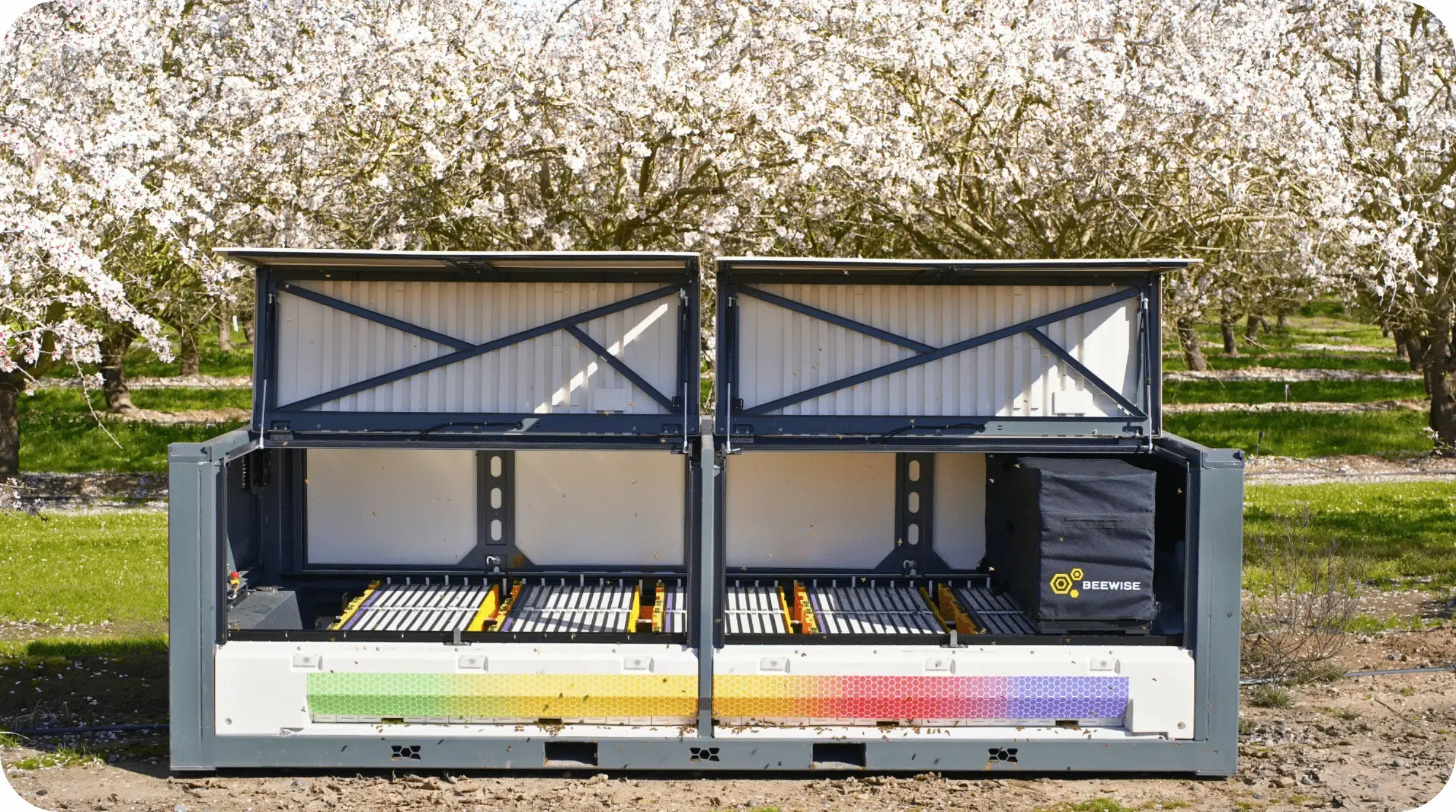

How Robotic Hives and AI Are Lowering the Risk of Bee Colony Collapse
After 150 years without minimal innovation, the beehive is getting an upgrade that is making it easier to protect colonies and the crops that rely on them.
Lifting up the hood of a Beewise hive feels more like you’re getting ready to examine the engine of a car than visit with a few thousand pollinators.
Lifting up the hood of a Beewise hive feels more like you’re getting ready to examine the engine of a car than visit with a few thousand pollinators.
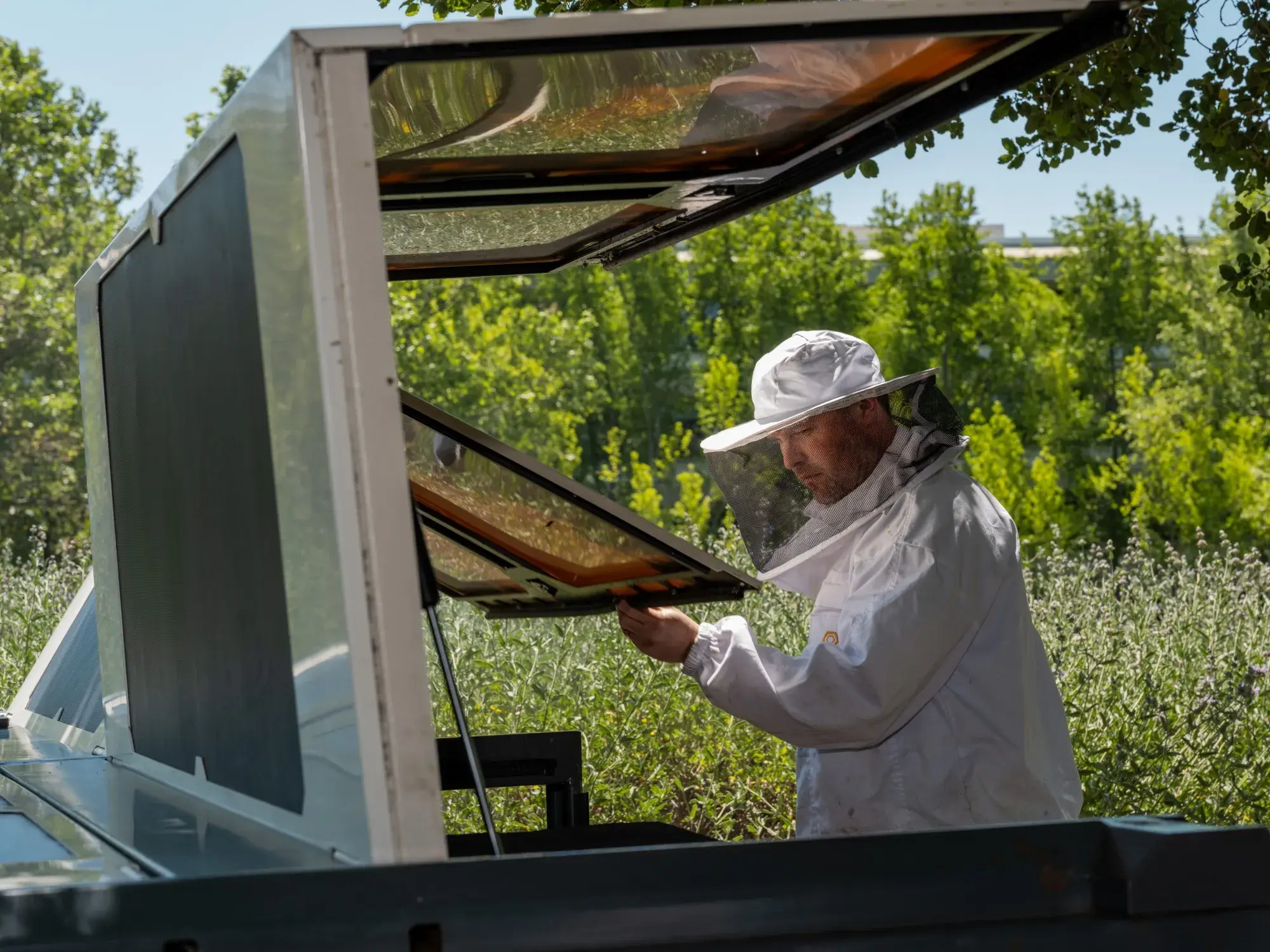

How a Buzzy Startup Made the iPhone of Beehives to Protect Pollinators
The homes are outfitted with internal cameras and a robotic arm, and contain insulation and ventilation to help bees thermoregulate their colonies. When prompted by a remote beekeeper, the arm performs tasks like refilling bee feed, administering medication, and moving frames within the home.
Beewise’s AI and robotics-powered BeeHome™ has the potential to fortify the global food supply by keeping bees healthy.
Beewise’s AI and robotics-powered BeeHome™ has the potential to fortify the global food supply by keeping bees healthy.
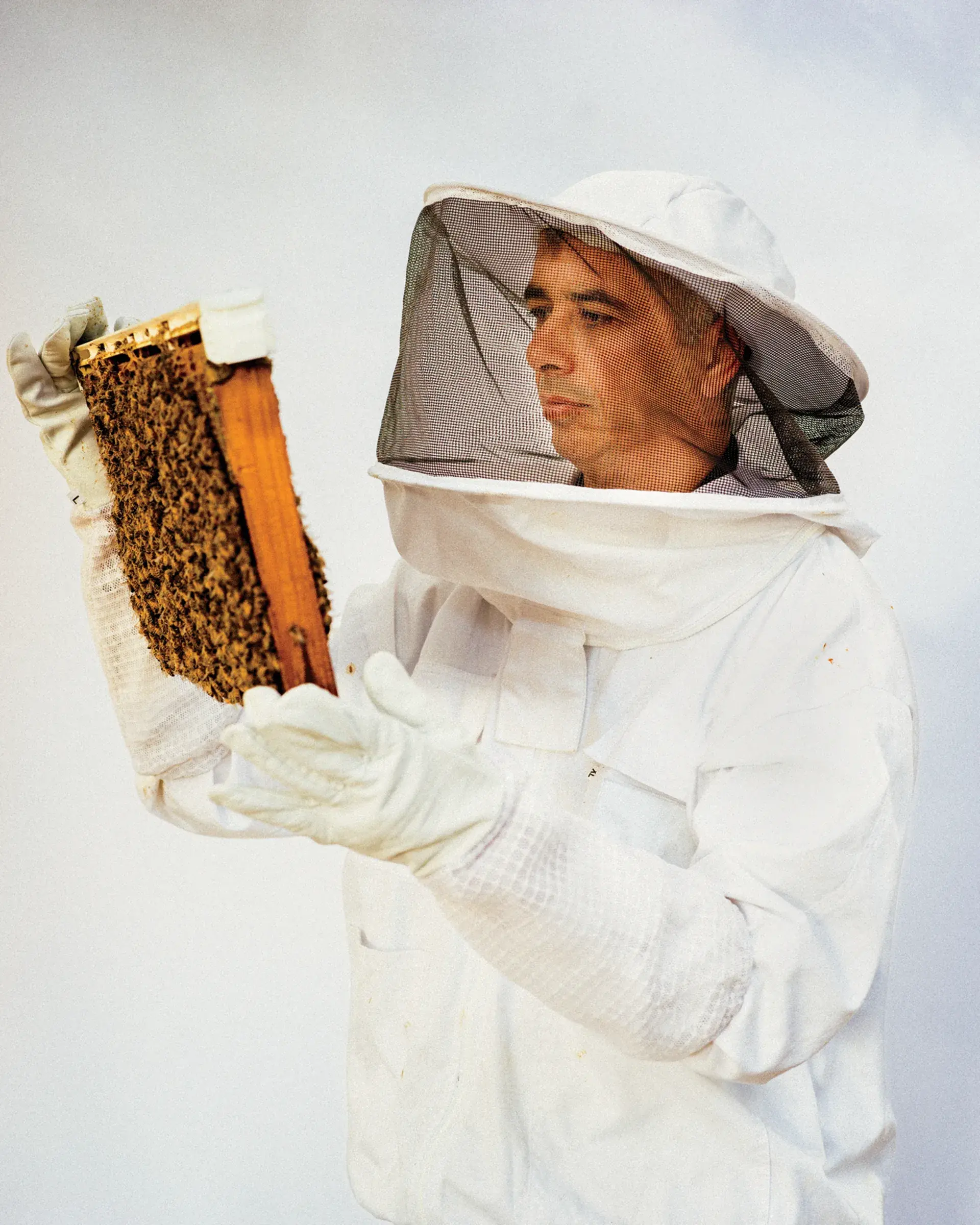
Bee Boosters: Beewise is #22 on the 2024 Fortune Change the World List
The BeeHome has a heat chamber that kills predatory Varroa mites that try to enter the hive. Its sensors also provide beekeepers with vital information on the health of their colonies, and the hive can automatically supply nutrients when the bees’ food chain is compromised.
Bees are the invaluable helpers that pollinate much of the world’s crops—but 40% of bee colonies collapse every year.
Bees are the invaluable helpers that pollinate much of the world’s crops—but 40% of bee colonies collapse every year.
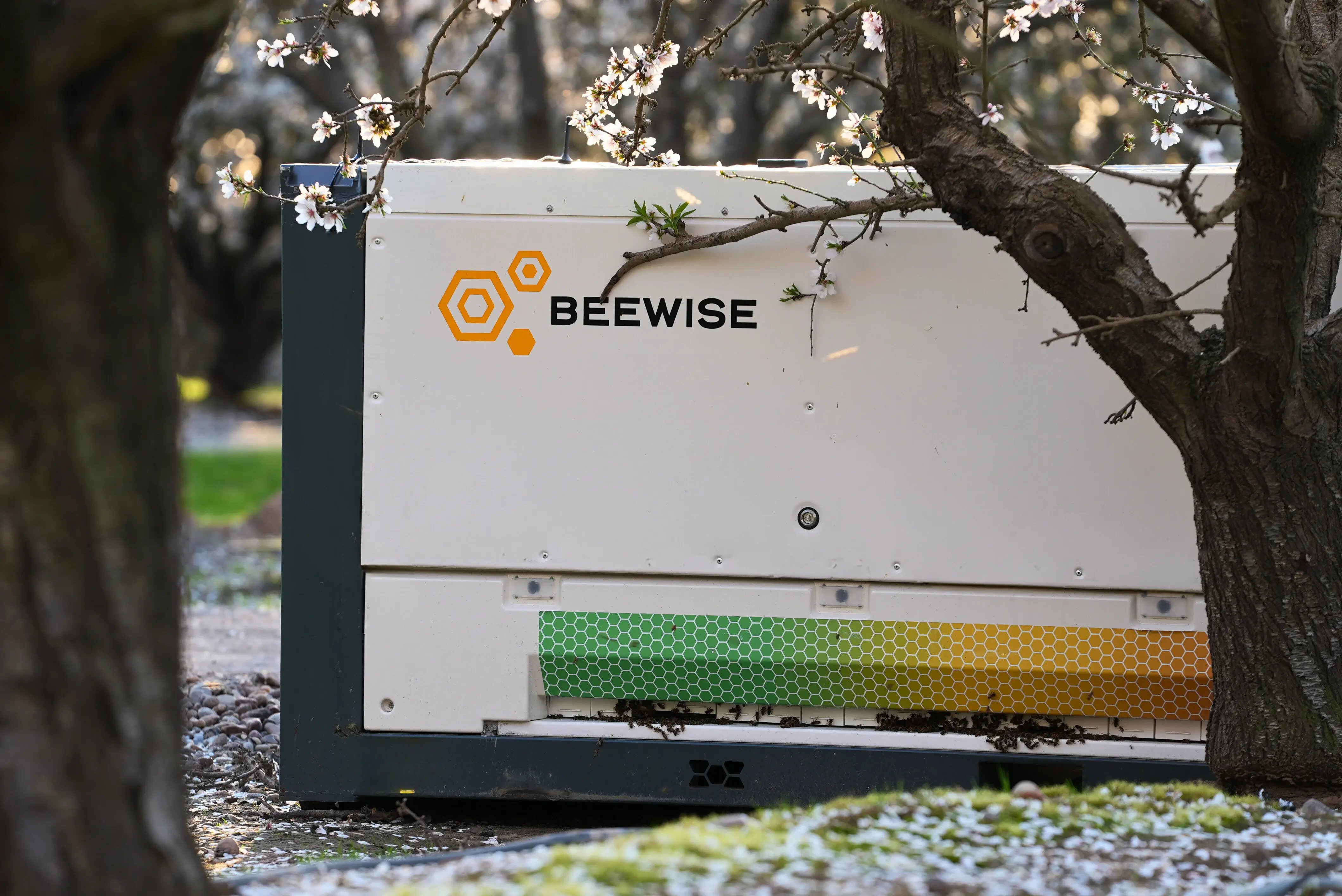

Introducing new beehive technology to beekeeping to save bees on a global scale
There are a lot of mundane tasks involved when it comes to beekeeping that can also lead to significant colony loss at the end of pollination. With advancements in AI and Robotics, a lot of the daily tasks that come along with beekeeping can be accomplished by upgrading the technology.
Beewise Technologies believes they need to save the bees in order to protect the global food supply.
Beewise Technologies believes they need to save the bees in order to protect the global food supply.
.jpg)

Busy With Bee Collapse: Beewise Makes the 2024 CNBC Disruptor 50 List
Able to work around the clock, the new BeeHomes are a time saver for beekeepers, who can use an app to remotely manage operations from their desk or home, while advanced hardware in the field monitors and takes care of the bees.
Beewise is using AI, sensors, robots and computer vision to save more honeybees.
Beewise is using AI, sensors, robots and computer vision to save more honeybees.

The Best Inventions of 2023: A Mighty Hive - BeeHome 4
Beewise’s AI-powered BeeHome 4 is a hive that uses a new chemical-free heat treatment to fight off mites. The hives, available next year, boast robotic tech that monitors and optimizes conditions 24/7, reducing human beekeeping labor by roughly 90%.
They prefer to measure revenue in the number of bee lives saved: Twelve for every dollar they make.
They prefer to measure revenue in the number of bee lives saved: Twelve for every dollar they make.
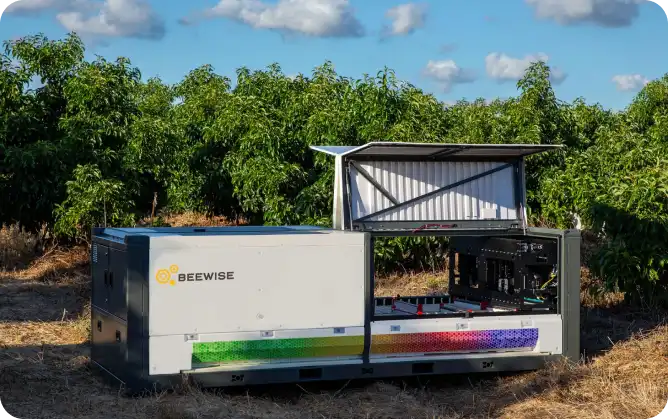

This IoT company is tackling the climate crisis through connected beehives
Beewise’s signature product, the BeeHome, upgrades the traditional wooden box that beekeepers have used for decades in favor of a smart home of sorts. Interior cameras keep an eye on honeycomb growth and worker productivity. The boxes can regulate temperatures and release additional food.
Beewise uses AI and remote management to care for and stabilize colonies.
Beewise uses AI and remote management to care for and stabilize colonies.
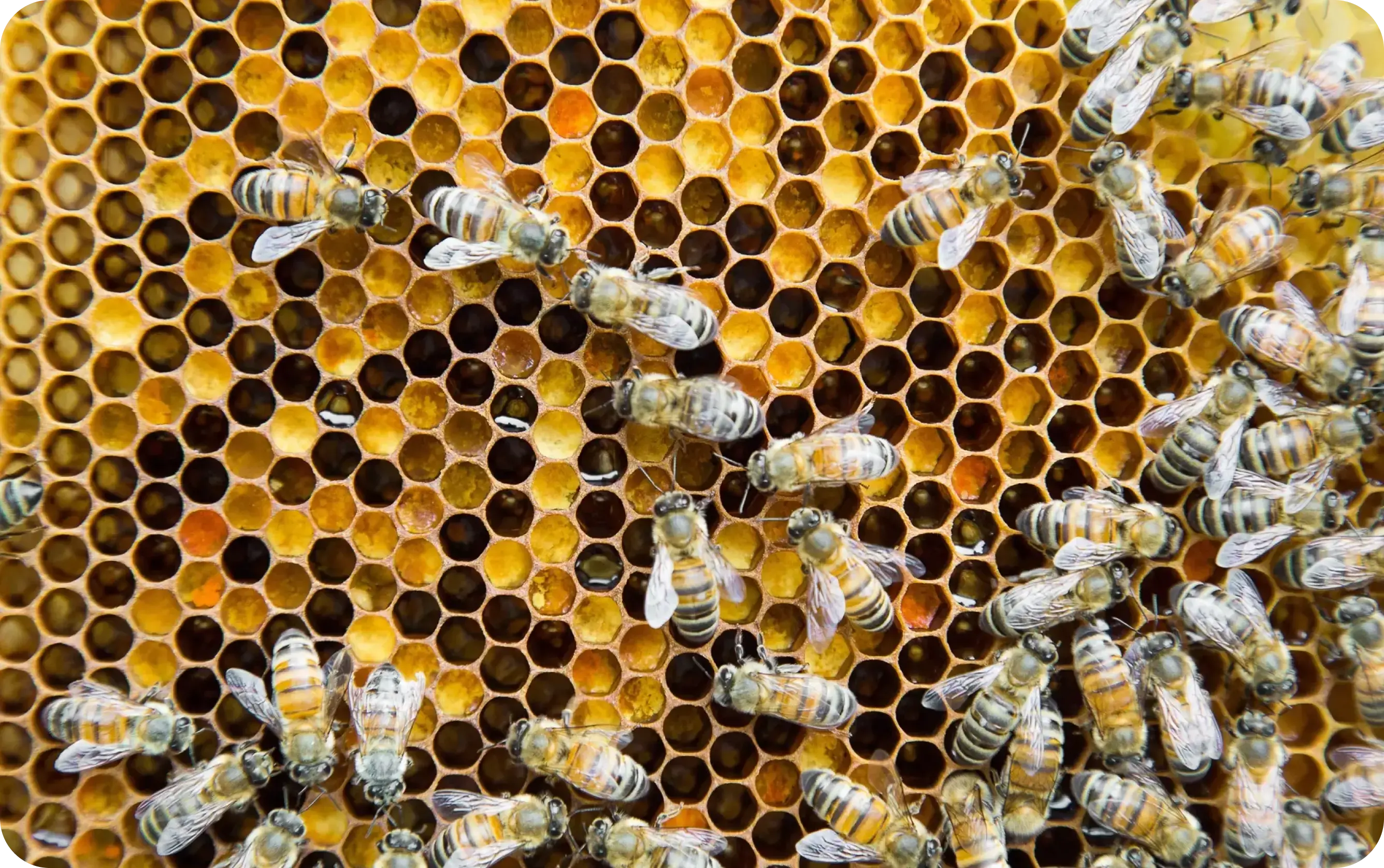
-2.webp)
An inside look at how robot beehives are saving bees
Beewise is an example of how low-cost computing hardware and software are enabling some really unusual applications, like autonomous beekeeping. If Beewise is able to get more of its BeeHomes in the hands of farmers around the world, it could save many more honeybees, and that's good for everyone.
The BeeHome's simple, automated processes are how a computer can rescue bees in real time.
The BeeHome's simple, automated processes are how a computer can rescue bees in real time.

With Labor And Climate Challenges, Farmers Turn To Robot Beehives, Tractors And Fruit Pickers
“We’re losing the bees on the planet, about 35% of the bee colonies every year," said Saar Safra, CEO and cofounder of Beewise. "Considering the fact that bees pollinate 75% of all the fruit, vegetables, seeds and nuts on the planet, losing 35% a year puts us in a bind."
The dwindling bee population essential for pollination is becoming an even more fundamental crisis.
The dwindling bee population essential for pollination is becoming an even more fundamental crisis.
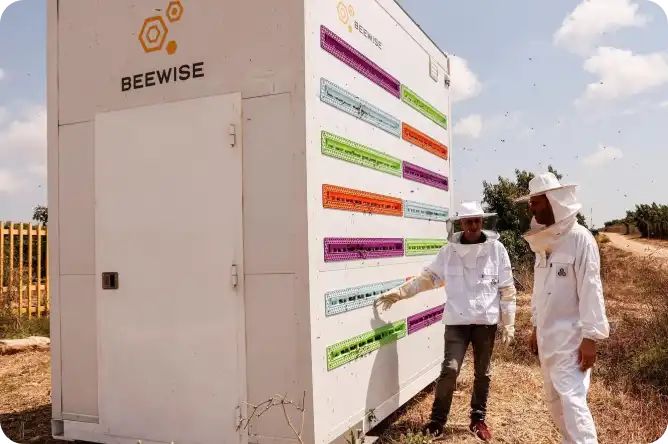
.webp)
Beewise aims to staunch the loss of bee colonies with robotics-enabled BeeHome 4
The BeeHome 4 is both smaller and lighter than previous iterations, fits on a conventional forklift, and fits into existing beekeeping workflows by accommodating standard bee hive frames. These new design features will increase hive mobility, enabling farmers to effortlessly care for millions of bees.
BeeHome 4 helps beekeepers pollinate and produce honey all while protecting their bees.
BeeHome 4 helps beekeepers pollinate and produce honey all while protecting their bees.
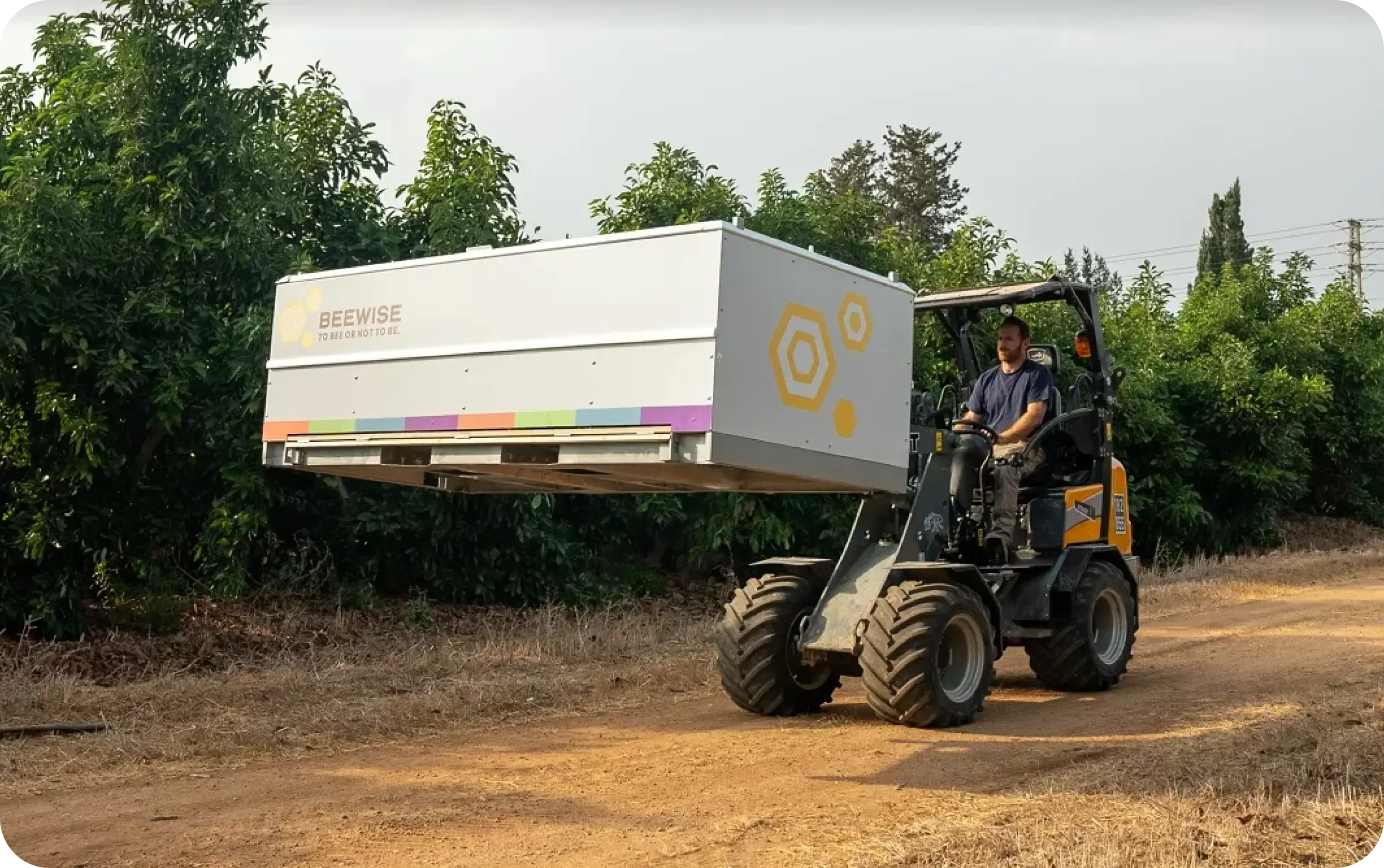
“We literally live on the stuff they pollinate”: This startup is helping save the world’s bees
A quiet revolution is underway to save the world’s pollinators. It comes in the form of a nondescript tin box, the size of a small container, with bees buzzing around it. The box is the creation of Beewise Technologies, using AI, computer vision, sensors, and advanced robotics to save honeybees.
The BeeHome has the potential to reduce bee mortality by 80%, resulting in increased crop yields.
The BeeHome has the potential to reduce bee mortality by 80%, resulting in increased crop yields.


A “five-star hotel” to help honeybees
When honeybees check into the Beewise “five-star hotel,” they don’t want to check out. A robotic arm attends to their every need. Hungry, sick or hot? Artificial intelligence software tells the robot to administer nutrients or antibiotics, to harvest honey or crank up the AC inside the high-tech hive.
Beewise is a testament to our human capacity to solve even the most intractable problems.
Beewise is a testament to our human capacity to solve even the most intractable problems.
.jpg)
Robotic Beehive Using AI To Save The Bees And Global Food Supply
The BeeHome includes precision robotics, computer vision and AI. It enables constant monitoring of the bees, using AI to observe their needs in real-time. Beewise does not alter what beekeepers traditionally do.
A solution that saves their business comes as a great relief, promising to reverse the alarming trend.
A solution that saves their business comes as a great relief, promising to reverse the alarming trend.
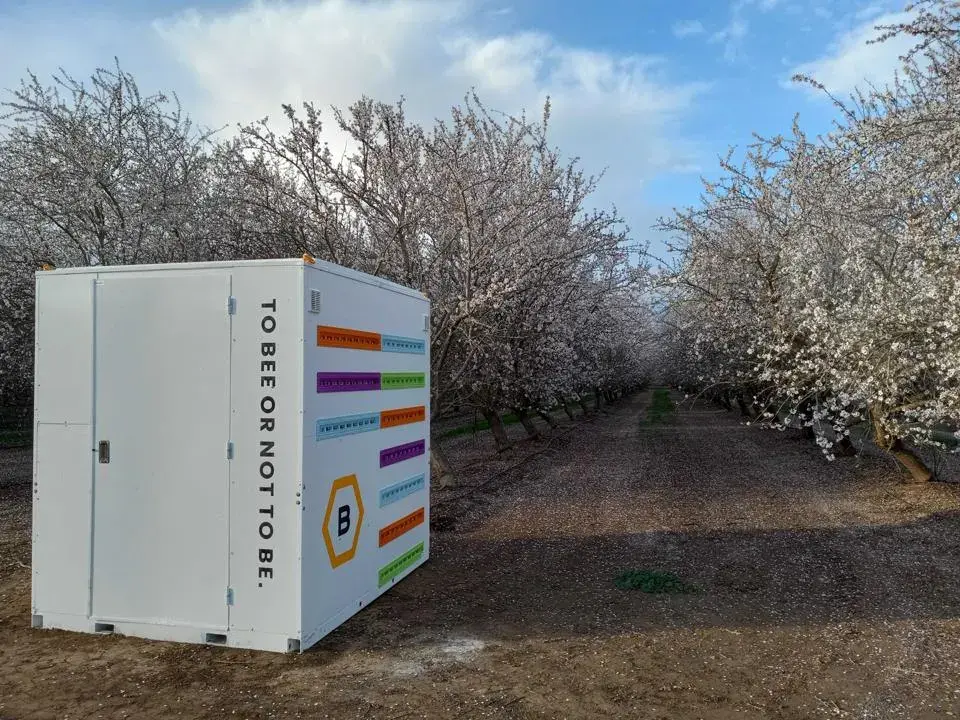

Startups feature: Can robotic hives help save the world’s bees?
The question arises — as it often does — whether people can help revive bee populations. Founded in 2018, Beewise offers a robotic solution. The solar-powered enclosure monitors its beehives, offering climate control and automated harvesting.
Here’s a bummer of a statistic for you: Around 30% of bee colonies disappear every year.
Here’s a bummer of a statistic for you: Around 30% of bee colonies disappear every year.
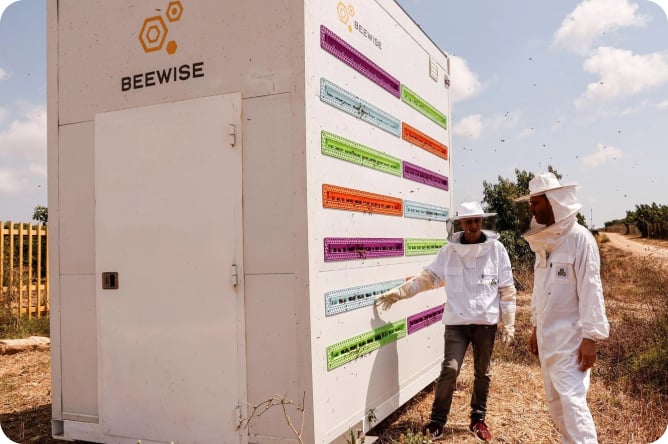

Bees find refuge from a perilous world in robotic hives
One after another the machine scanned stacks of honeycombs that together could house up to two million bees - inspecting them for disease, monitoring for pesticides and reporting in real time any hazards that threatened the colony.
Anything a beekeeper would do the robotic mechanism can mimic and do it more effectively.
Anything a beekeeper would do the robotic mechanism can mimic and do it more effectively.
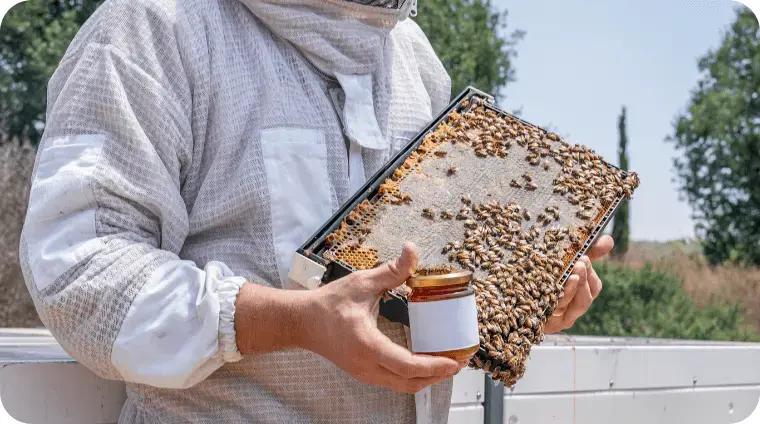

Tech firms use remote monitoring to help honey bees
Able to operate autonomously, or via an app on the beekeeper's phone or tablet, each BeeHome comes with an array of cameras, sensors and robotic arms that together take over the actions that would otherwise need a human hand.
Beekeeping is one of the oldest industries in existence, but it faces numerous threats.
Beekeeping is one of the oldest industries in existence, but it faces numerous threats.
.png)